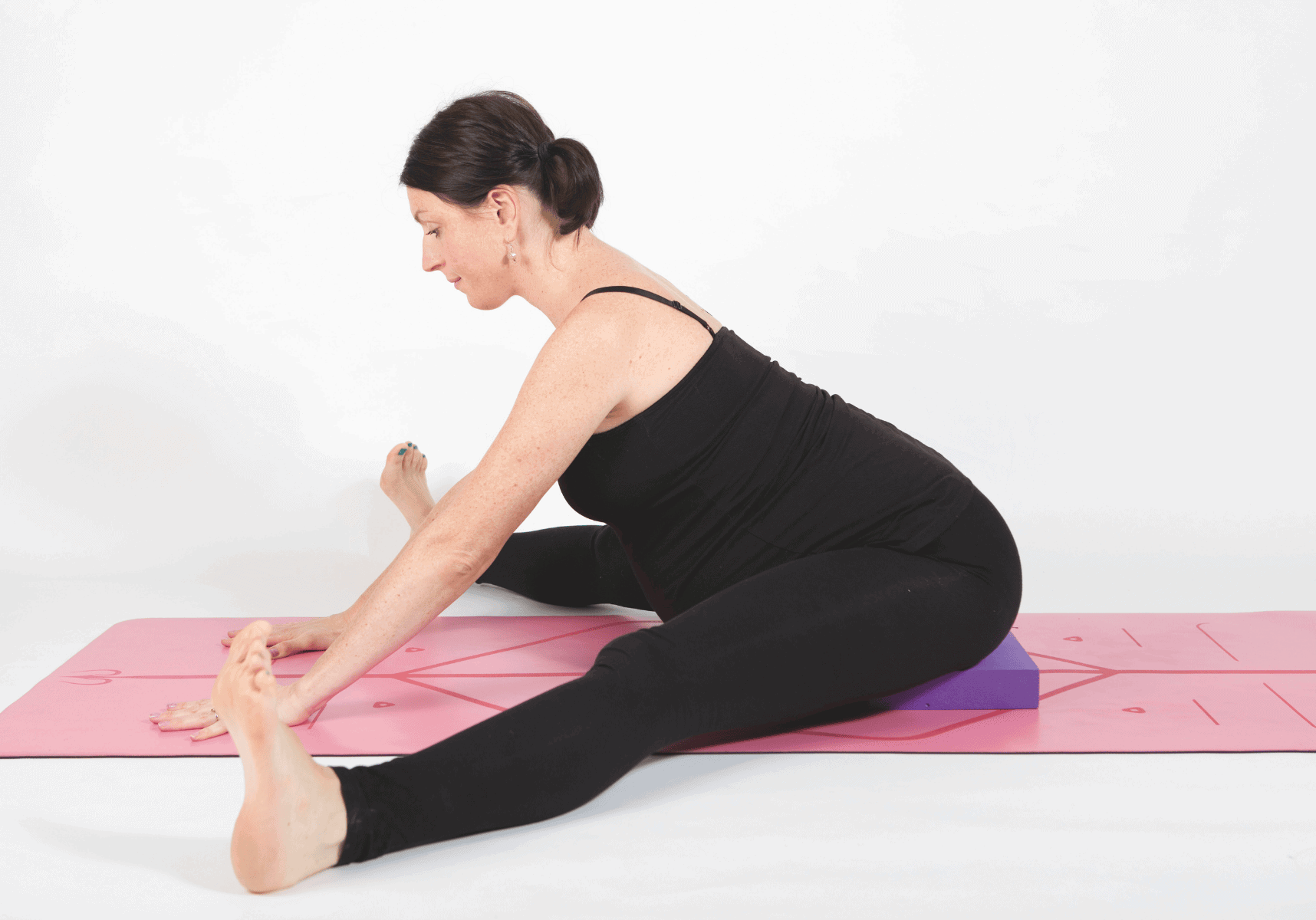
The pelvic floor
The pelvic floor is often a big focus for pregnant and postnatal women, but what actually is it? By Sally Parkes
Reading time: 3-4 minutes
The pelvic floor is a skeletal muscle group that both men and women have, which sits within the pelvis. For women however, there tends to be more downward pressure through the muscles and connective tissue of the pelvic floor due to the weight of the reproductive organs, menstruation and for some, pregnancy.
So it is of particular importance that women have a good working knowledge of the muscles and the functions of the pelvic floor, and why it is important to maintain its strength and flexibility throughout womanhood.
There are two main muscular layers of the pelvic floor. The main function of the deep layer, also known as the ‘pelvic diaphragm’, is to support and help hold in place (assisted by the pelvic ligaments) the uterus, bladder and rectum; while the superficial (closer to the surface) layer acts as the attachment site for the anal and vaginal sphincter and female genitalia.
The muscles of the pelvic floor are collectively referred to as the levator ani and coccygeus muscles and form a large sheet of muscle that is thicker in some areas than in others. The muscles are attached along the inner walls of the pelvis to a condensed area of the obturator fascia known as the tendinous arch of levator ani muscle.
These muscles help to support and keep the aforementioned pelvic organs in place while also allowing for relaxation and release when needed, such as in vaginal childbirth.
When healthy, the levator ani muscles unconsciously contract at rest and can also be consciously relaxed. Involuntary contraction and release (depending on the activity) should also occur, for example, during bodily functions such sneezing and coughing.
Furthermore, this muscle group does not function in isolation and is part of a complex system that works synergistically with other structures and systems. For example, when abdominal muscles are contracted strongly the entire pelvic floor contracts in response. This is known as ‘co-contraction’ and indicates that the pelvic floor should not only be worked in isolation, but also in coordination with the rest of the muscular system for the most effective outcome.
The practice of yoga asana is ideal in that it is a whole and holistic body workout that not only involves muscle contraction in and around the abdominal area, but also ‘Moola Bandha’. Asana particularly helpful in maintaining a healthy pelvic floor include: chair, tree, eagle and goddess pose to strengthen, and cobbler’s, pigeon, wide angle seated forward bend to stretch.
Follow @sallyparkesyogaschool for more information on yoga for womens’ health




